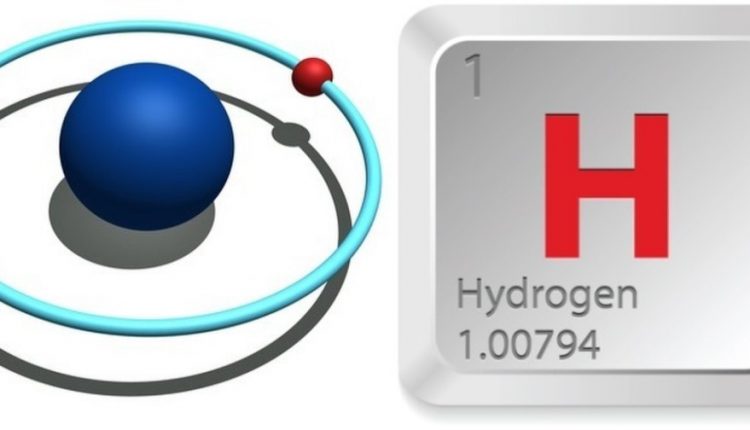As researchers and developers seek ways to transition from vehicles powered by fossil fuel to cleaner alternatives such as electric batteries, hydrogen-powered cars have faced some challenges. Notably, hydrogen fuel systems tend to be large, complex, and expensive.
But that could change with the discovery of a new material made from manganese hydride that could be used to make molecular sieves within fuel tanks. These tanks would store the hydrogen and work alongside fuel cells in a hydrogen-powered system.
An international team of researchers, led by Professor David Antonelli of Lancaster University, published the results of their work in the academic journal Energy and Environmental Science.
The material, called KMH-1 (Kubas Manganese Hydride-1), would enable the design of tanks that are far smaller, cheaper, more convenient and energy dense than existing hydrogen fuel technologies, and significantly out-perform battery-powered vehicles.
The material takes advantage of a chemical process called Kubas binding. This process enables the storage of hydrogen by distancing the hydrogen atoms within a H2 molecule and works at room temperature. This eliminates the need to split, and bind, the bonds between atoms, processes that require high energies and extremes of temperature and need complex equipment to deliver.
The sieve works by absorbing hydrogen under around 120 atmospheres of pressure, which is less than a typical scuba tank. It then releases hydrogen from the tank into the fuel cell when the pressure is released.
The researchers’ experiments show that the material could enable the storage of four times as much hydrogen in the same volume as existing hydrogen fuel technologies.
The KMH-1 material also absorbs and stores any excess energy so external heat and cooling is not needed, which can make vehicle engines powered by hydrogen far more efficient. This means the technology could also be used to power smaller systems, such as drones, robotics and even mobile device chargers.
The researchers speculate that the technology could even be used to power a home or a neighborhood off-grid, such as during a power outage.

